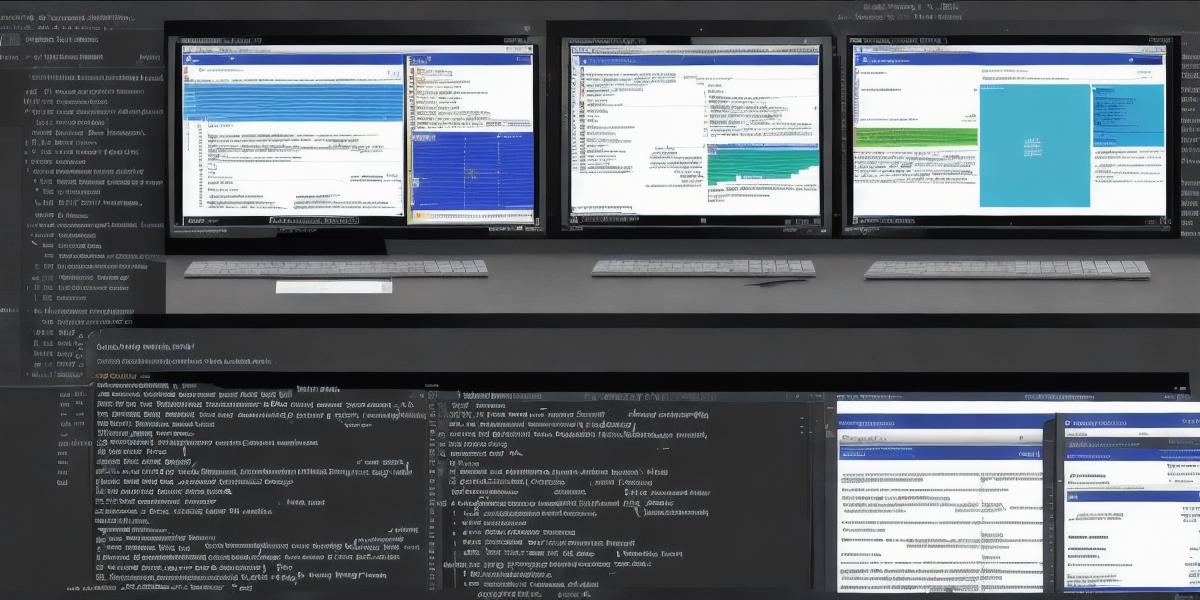How to Create a Report in COBOL: A Comprehensive Guide for Beginners
COBOL, or COmmon Business Oriented Language, is a programming language that has been around for decades. Despite its age, it is still widely used in many industries due to its reliability and scalability. One of the most common tasks that people use COBOL for is creating reports. In this article, we will provide you with a comprehensive guide on how to create a report in COBOL.
Before we dive into the details of creating a report in COBOL, let’s first understand what a report is. A report is a document that provides information about a specific topic or aspect of a business. Reports can be generated in various formats such as PDF, Excel, or word processing documents. In this article, we will focus on creating reports using COBOL.
To create a report in COBOL, you need to follow these steps:
Step 1: Define the Report Requirements
The first step in creating a report is to define the requirements. This includes identifying the data that needs to be included in the report, the format of the report, and any other specifications. For example, if you are creating a sales report, you may need to include information such as sales revenue, sales volume, and profit margins. You will also need to decide on the format of the report, whether it should be a table, graph, or both.
Step 2: Create the Data Source
The next step is to create the data source. This involves retrieving the data from the relevant databases or files. In COBOL, you can use SQL statements to retrieve data from relational databases or use file-oriented I/O operations to read data from flat files. Once you have retrieved the data, you need to ensure that it is in the correct format and sorted in the required order.
Step 3: Design the Report Layout
The report layout is a crucial aspect of creating a report in COBOL. You need to decide on the size and orientation of the page, as well as the placement of headers, footers, and other elements. You can use pre-defined templates or create your own using COBOL’s built-in report generation functions.
Step 4: Write the Report Program
Once you have defined the report requirements, created the data source, and designed the report layout, it’s time to write the report program. This involves writing the COBOL code that will generate the report. You can use various COBOL commands and functions such as OPEN INPUT, OPEN OUTPUT, SELECT, PERFORM, and PRINT to retrieve data, format the report, and output it in the desired format.
Step 5: Test and Debug the Report Program
The final step is to test and debug the report program. You need to ensure that the report is generated correctly and that all the data is displayed properly. You can use various testing techniques such as unit testing, integration testing, and system testing to identify and fix any bugs or issues in the code.
Conclusion
Creating a report in COBOL may seem daunting at first, but with a little bit of effort and practice, it can be done easily. By following the steps outlined above, you can create reports that are accurate, reliable, and easy to read. Remember to keep your audience in mind when designing the report layout and choose the right format for the data you are presenting. With these tips, you will be well on your way to creating reports in COBOL that will impress your boss and your colleagues.
